Eating vegetarian isn't just for vegetarians. There are plenty of reasons, health and economics-wise, to consider forgoing the meat for a meal or three. Rather than get deep into the world of fake meat (although there's many a tasty alternative to be found there, to be sure), you should consider getting to know your humble-seeming fungal friend: the mushroom.
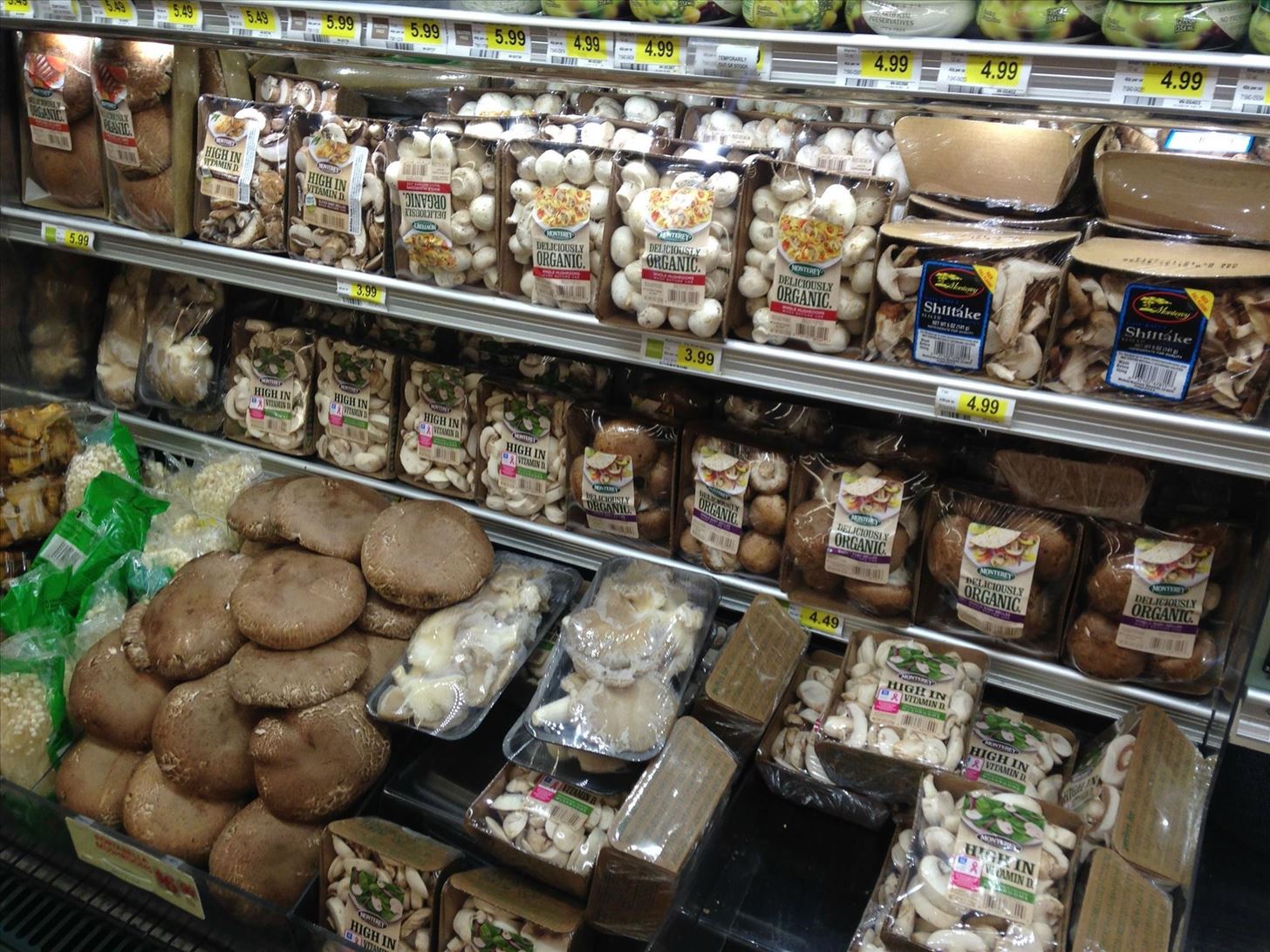
Thanks to their hearty flavor, cooks tend to treat mushrooms like meat, albeit one with its own unique characteristics. Mushrooms are especially savory, thanks to their relatively high MSG content. Keep in mind that MSG in mushrooms is a naturally occurring compound, and despite '80s fear-mongering that blamed MSG-rich Chinese food for causing headaches (which in fact was caused by improperly stored rice), MSG is perfectly fine to eat. And luckily so, as it's essentially pure umami flavor.
Use This Guide as a Jumping-Off Point
Not every mushroom is one and the same. That's why it helps to know the key differences in the mushrooms you'll come across, and what they're best paired with. This guide covers the most commonly found mushrooms in major supermarkets, but there are many other varieties out there: chanterelle, hen of the woods, morels, black trumpet, lobster, oyster, etc.
If you want to learn more about the fascinating topic of mycology (that's the study of mushrooms), this book from renowned mycologist Gary Lincoff is a great place to start. It discusses mushrooms from a culinary, medicinal, and, er, recreational point of view, and gives good general guidelines about how to forage for them in your area.
A quick note: you'll sometimes see these varieties discussed below as mushrooms in their dried form. Reconstituting them is a snap. Simply soak for a 15-20 minutes in wine, stock, or just water. Let them drain afterwards in a colander and you're good to go. You can save the resulting mushroom liquor, which is incredibly rich in flavor, and use it as you would chicken or veggie stock.
Portobello
The portobello (sometimes spelled portabella) is one of the most popular mushroom varieties. This can probably be credited to its rich, beefy flavor. Its Latin name is Agaricus bisporus, and it's actually the same species as the common white button mushroom, only grown well past the button stage.
A good portobello should be firm, without any slimy film. Sliminess indicates that the portobello is past its prime. The "gills," or underside of the portobello, should be likewise dry and firm.

Before cooking a portobello, remember to remove the stem. While you can eat it, the stem is usually a little too fibrous to be considered palatable. It's fairly easy to pop right off. Ditto for the gills, which are also edible, yet most cooks like to remove them before eating. To take out the gills, use a spoon to scoop them out.
To cook portobellos as is, simply wash them, brush lightly with olive oil, salt, score the top with a knife, and throw on the grill gills-side (or where-the-gills-used-to-be-side) up. Or cook your portobello like a flank steak by slivering them up and sautéeing. Portobellos also work well in a beef-friendly sauce like a red wine reduction.
Porcini
Porcinis (Boletus edulis, aka "the king of mushrooms") aren't often the focus of a dish the same way a portobello is. However, their woodsy, nutty subtle flavor makes them a favored choice as an addendum to a variety of dishes. For instance, they add an indelible touch to risottos and cream-based sauces.

It's hard to find fresh porcinis in North America, but dried tend to work very well. If you buy dried, try to find packages with as many whole pieces as possible. After all, you're looking for porcini mushrooms, not porcini mushroom dust. You want the individual pieces of porcini to pop, and not merely add a vague porcini flavor and unpleasantly dusty texture to a dish.
While porcinis are often used as an addendum to a dish thanks to their pungent flavor, they can also be used as the focus, especially in mushroom soups. Their strong flavor tends to pair well with cream, which has a muting effect—hence that ol' backbone of hearty cooking and casseroles, the straightforwardly named cream of mushroom soup.
Shiitake
This East Asian mushroom (Latin names: Lentinus edodes, Lentinula edodes) is often used in Chinese, Japanese, and Korean dishes, but that's far from its only place in the culinary world. Cooks tend to like to pair this thin, tiny mushroom with umami-rich dishes, and it has long been a favorite for inclusion in steak sauces and pasta dishes. It has a buttery, rich flavor with subtle undertones of beefiness, which means it really packs a punch when added to your food.

Like portobellos, you want to avoid slimy shiitake mushrooms, and look for ones that are dry and firm. Bon Appetit recommends finding shiitakes with the largest cap possible, and while that does indicate a quality shiitake mushroom, medium and small-cap shiitakes tend to work just as well. As long as the shiitake isn't exhibiting signs of age or improper storage like sliminess or a spongy feel, you're going to be fine.
Unlike portobellos, shiitake stems do not easily pop out. You're going to need a good knife and some basic knife skills to do that. After you've washed and de-stemmed your shiitake, use them in the aforementioned Asian dishes, but also in green salads that include arugula and spinach. As a side note, they have been closely studied for their potential cancer-fighting ability and have a long and venerated history in traditional Chinese medicine (TCM).
Button
Like its name suggests, button mushrooms (Agaricus bisporus) resemble, well, a button. These are the immature version of portobellos, and are easily identifiable by their bright white color, small size, and neutral taste and smell. Buttons are the most commonly used mushroom in the U.S., and if you see a recipe that calls for "mushrooms" without specifying what kind, chances are they're talking about these cute little guys.

If you've ever eaten mushroom pizza from a subpar joint, you're no doubt familiar with a bad button mushroom: they feel and taste slimy, with unmistakable notes of rot and polluted earth. To avoid bad button mushrooms, or what will quickly become bad button mushrooms, try to avoid pre-sliced ones, which have more surface area and thus will rot and slime up quicker. Also, if you have a choice avoid pre-packaged ones, especially those in plastic wrap, which traps moisture, go for the ones in the bin instead.
Thanks to their neutral, inoffensive flavor, button mushrooms are a good culinary workhorse: they work well in a variety of situations, and complement other ingredients. They work well in garden salads raw, as a cooked foundation for other foods, like mushroom gravy and, of course, on pizza.
Cremini
Creminis (also Agaricus bisporus) are actually just the "medium" version of portobellos and button mushrooms (or portobellos are the large versions of creminis, take your pick). But creminis aren't cooked like portobellos, are often used as a pizza topping, and often added to soups and stews due to their superior ability to soak up liquid.

Unlike button mushrooms, cremini are brown as opposed to brightish white. But like buttons, picking a good cremini comes down to the basics: avoid slimy ones and go for the guys that are firmer in texture.
Creminis have a more pronounced flavor than button mushrooms, which makes them a little more suited as a standalone dish than their pale little brothers. A popular way to prepare creminis is to sauté them lightly with olive oil, pepper, and salt. Then deglaze the pan with wine and serve the mushrooms in their own sauce. Easy-peasy.
Don't Worry: You Can Rinse Mushrooms Thoroughly
How to clean mushrooms? Most cooks have been taught that mushrooms are porous, highly absorbent, and that you should only lightly rinse fungi or wipe them down with a damp cloth. Other cooks point out that mushrooms tend to grow in dung or other such fertile areas, and no way in hell are they only giving a cursory cleaning to such a food.
However, Harold McGee (via The Guardian UK) debunk the mushrooms-soak-up-water myth. He points out that mushrooms are about 90% water and performed several experiments to see if mushrooms absorbed water when soaked/rinsed, and found the difference to be negligible.
According to Gourmet (via The Kitchn) a mushroom will only absorb about one-sixteenth a teaspoon of water during soaking, let alone a quick bath.
While mushrooms are famed for their ability to soak up liquid during the cooking process, that's undoubtedly because they're being cooked over flame, which hastens the process of absorption.
Storing Mushrooms
When it comes to storing mushrooms, you need to let them breathe. A popular method that works well is to put them in a paper bag and then in the fridge, which will allow them to keep for a week or so. If you bought packaged mushrooms, Cooks Illustrated found the best bet is to just go with the original packaging.
Also, we mentioned cutting off mushroom stalks earlier. The enterprising type can take hose stalks and use them to regrow mushrooms of their own.
Learn More About Essential Ingredients
There's a knack to prepping dried mushrooms—learn more here. Onions come in all shapes and sizes, and some are better for certain cooking tasks than others. Do you know what kinds of garlic go best in what dishes? And if you love beans, you need this cheat sheet on how to soak and cook those tasty legumes.
Just updated your iPhone? You'll find new emoji, enhanced security, podcast transcripts, Apple Cash virtual numbers, and other useful features. There are even new additions hidden within Safari. Find out what's new and changed on your iPhone with the iOS 17.4 update.
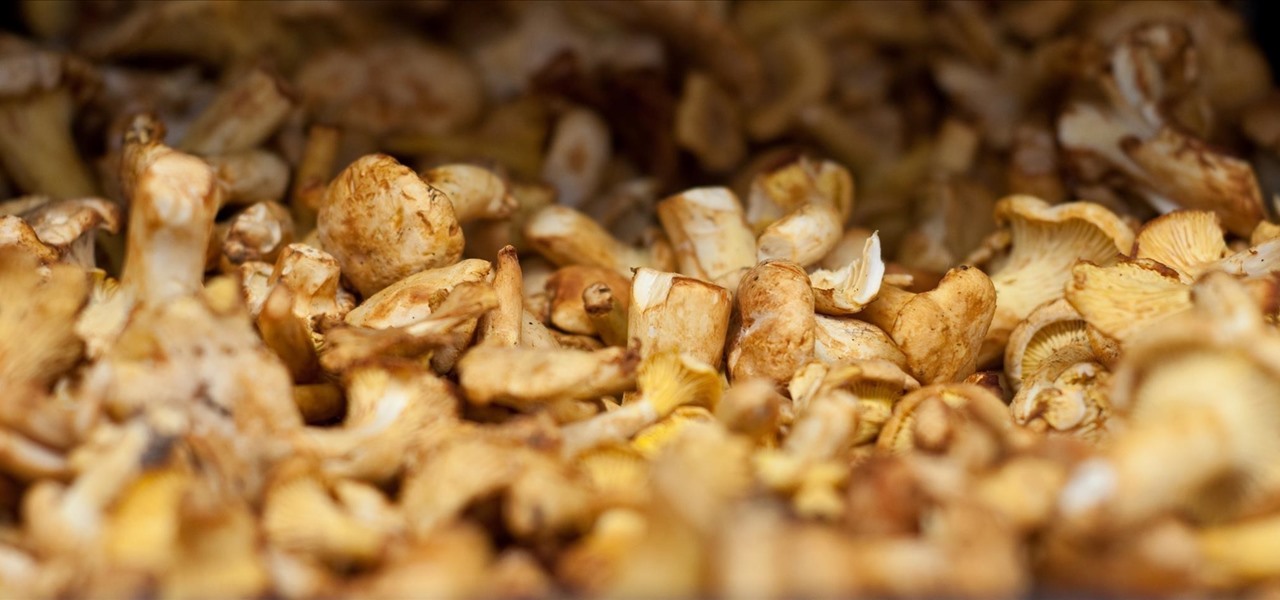




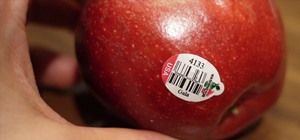
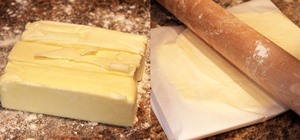
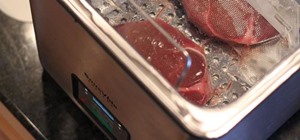
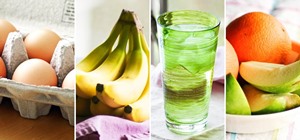

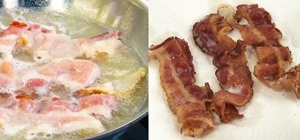







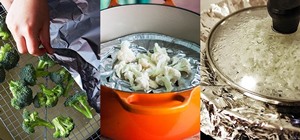



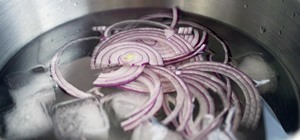
Be the First to Comment
Share Your Thoughts